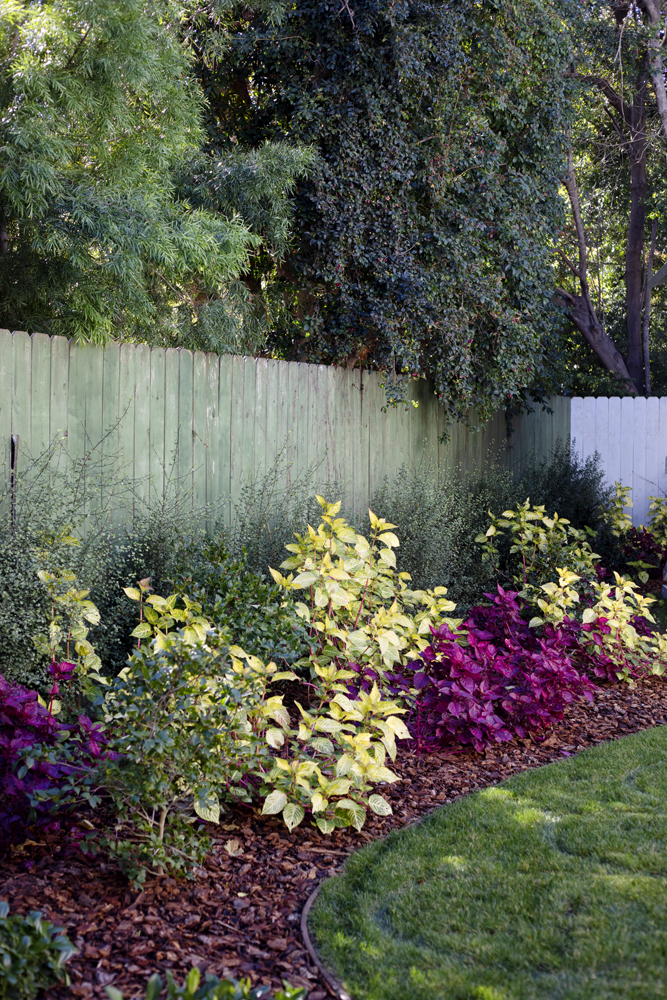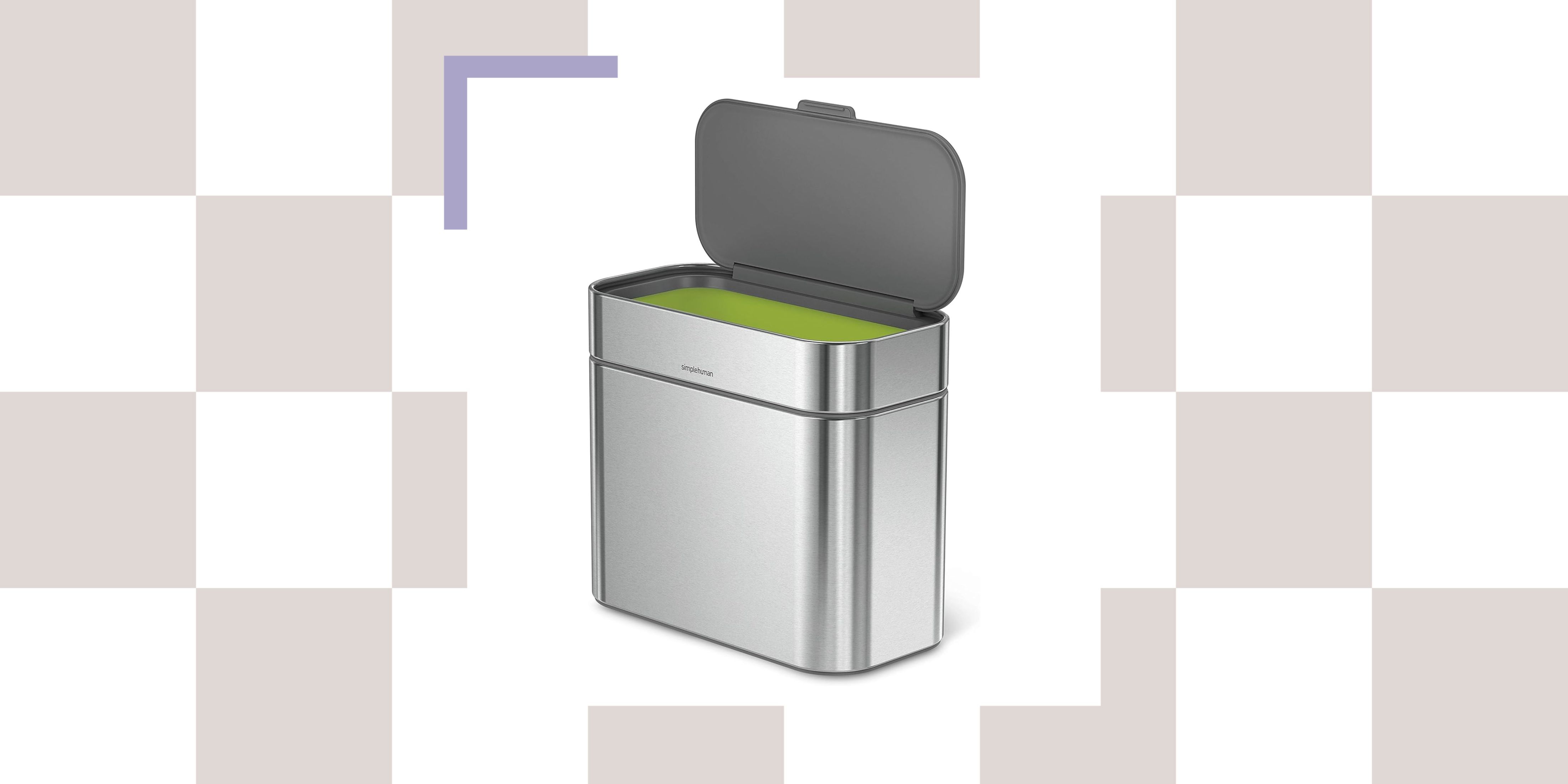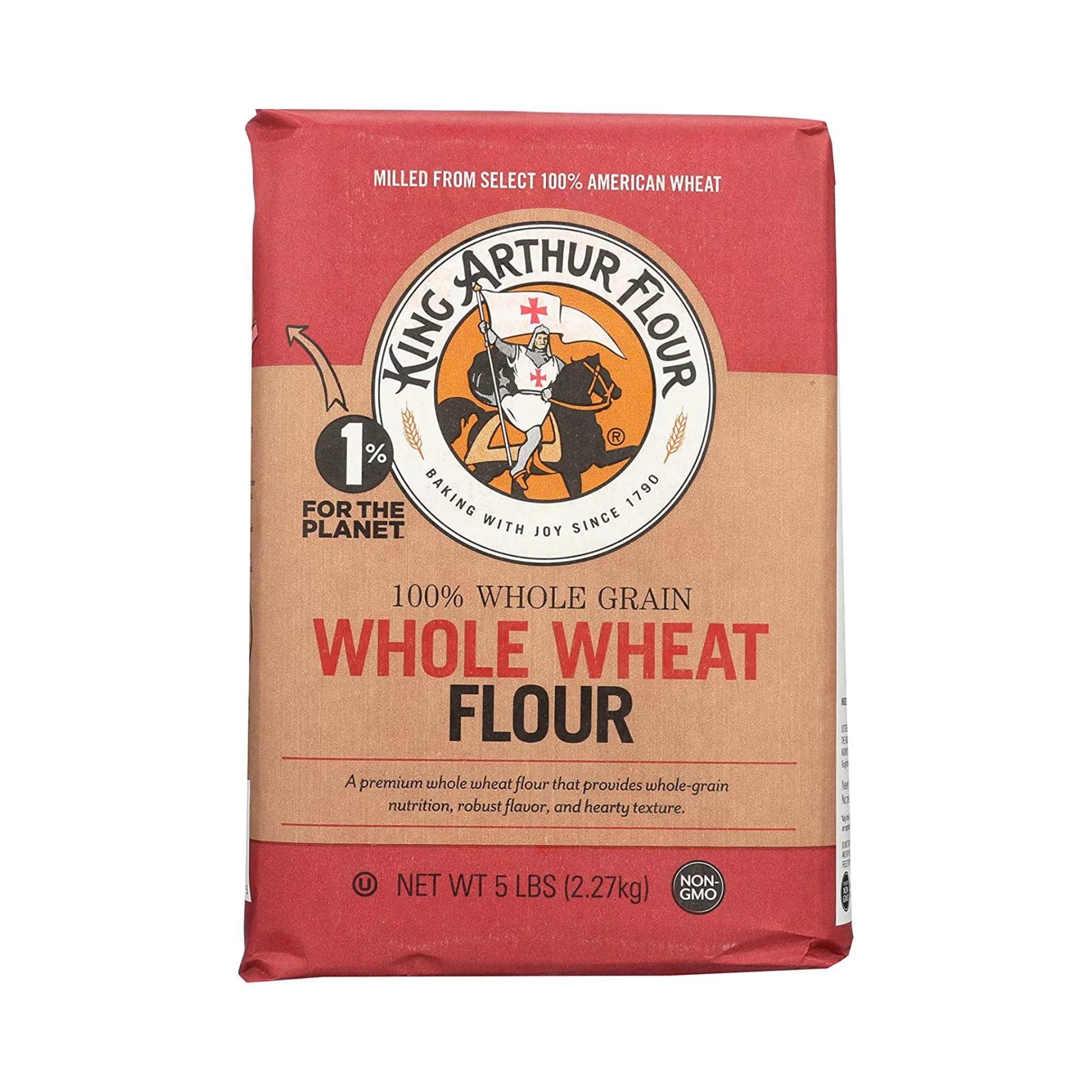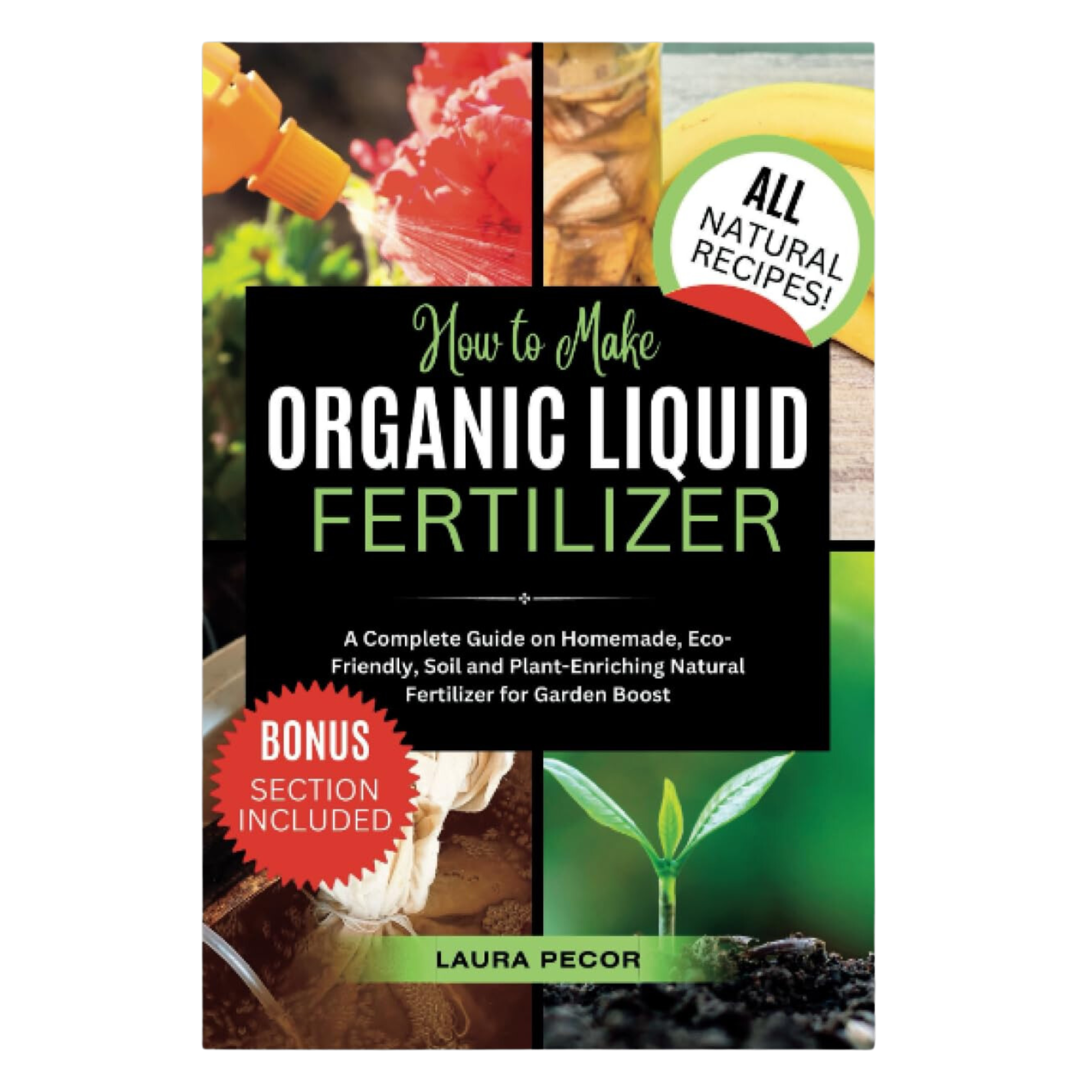This Baking Ingredient is the Surprising Fertilizer Gardeners Swear by to Boost Their Plants' Growth
Experts say this unconventional method for feeding your plants could give your garden the boost it needs this growing season


Does the thought of freshly baked sourdough get your taste buds tingling? It certainly does for us and, as it turns out, your plants might actually love the stuff as much as you do - in its pre-baked form, at least. According to experts, sourdough starter could be the organic fertilizer you've been searching for to nourish your garden and give your plants a boost, plus it can even keep unwanted pests at bay, too.
At this point, it feels like we've scoured garden centers for all the best plant foods on the market and tried every organic fertilizing trick under the sun, but it seems we didn't need to look any further than our kitchen cabinets after all. Sourdough starter - the yeasty, bubbly mixture full of live cultures that you add to your dough - contains loads of nutrients that benefit your plants, and it's a super cheap and easy fertilizing method to add to your gardening arsenal.
Whether you're an avid baker with leftover dough to use up or you're simply looking for an easy plant food recipe made using ingredients inside your pantry, this organic fertilizer should be on your radar as a way to amend your garden soil. And if you're skeptical about feeding your plants sourdough, we're pleased to say it has experts' approval, too.
How to Use Sourdough Starter to Fertilize Your Garden Plants

Tony O'Neill is a renowned gardening expert, author, and educator, passionate about simplifying the art of gardening for people worldwide. He is the author of Composting Masterclass and Your First Vegetable Garden, and has a thriving YouTube channel with over 365,000 subscribers and 1.2 million monthly views. Tony is also the founder of the award-winning website, Simplify Gardening.
Why is Sourdough starter good for plants?

With plenty of flowers to plant in May, now is a great time to think about fertilizing your soil. While sourdough might not be an obvious contender when it comes to organic fertilizers, but there's method to the madness.
'Sourdough starter is essentially a colony of little bugs that produce helpful waste products for plants,' explains professional gardener Nisha Maxwell, owner of Mantis Planting. 'When you release this group of bacteria and yeast into the soil where they can also happily live, the plants soak up all the helpful acids and chemicals that they produce.'
According to Tony O'Neill, plant expert at Simplify Gardening, these microorganisms can help break down organic matter, making nutrients more accessible to plants. 'Additionally, the starter contains small amounts of nutrients like carbohydrates and proteins, which could provide some benefit to the soil,' he adds.
As you may have guessed by now, the main reason sourdough makes a great fertilizer is due to the yeast content, which Nisha calls 'a true panacea' for plants. 'Not only does yeast enhance the immune system of plants against disease, but it makes them grow big and strong and helps with fruiting,' she says. 'The bacteria in a starter aid in growth and disease prevention as well due to the acids that they produce, especially lactic acid.'
How do you use sourdough starter as a fertilizer?

Now we've squashed your skepticism, one big question still remains - how do you apply sourdough starter to your plants as a fertilizer? If the thought of throwing a gooey dough over your flower beds seems absurd, you'd be right. According to the experts, it's crucial to dilute it first. 'This helps prevent any potential acidity from harming the plants,' says Tony.
'Begin by taking off the hard shell on top of your starter, then mix it with warm water with a ratio of 3:1 water to starter,' instructs Nisha. 'Stir until entirely mixed, then make an impression in the earth next to the plant you want to fertilize and pour in the mixture over.' We recommend applying the starter mix with a wide spout watering can like this one, from Target.
Just as you would when using coffee grounds to fertilize a garden, avoid getting any of the sourdough solution on your plants' leaves to prevent any potential fungal issues, and lightly cover with soil after applying. 'Use this method sparingly, perhaps once a month, to see how your plants respond,' warns Tony. As with all fertilizers, there can be too much of a good thing.
Which plants benefit best from sourdough starter fertilizer?

Not all plants will respond the same way to a sourdough starter fertilizer, and you might have to adjust feeding depending on your plants' needs. For example, it's the perfect fertilizer for heavy feeders (making it particularly useful for growing tomatoes in containers) but it won't be suitable for more delicate plants.
'This hack is likely more beneficial for plants that thrive in slightly acidic to neutral pH soils, such as tomatoes, peppers, and roses,' says Tony. 'These plants may benefit from the added microorganisms and slight nutrient boost.'
On the other hand, he says you should be cautious of using sourdough starter around plants that are sensitive to changes in soil pH or those that prefer alkaline conditions, such as lavender and succulents. 'You should also avoid using it on seedlings or very young plants, as they can be more sensitive to any soil amendments,' Tony adds.
All in all, while this unconventional fertilization method is a cheap and easy way to give your garden a boost, it shouldn't be a substitute for traditional composting or feeding methods. As Tony summarises: 'It might provide some benefits in terms of soil health due to the microorganisms it introduces, but it’s best to use it cautiously and as part of a broader soil management strategy.'
FAQs
How do you make sourdough starter?
It might have magical effects on your backyard, but the recipe for sourdough starter couldn't be simpler. It's merely a mixture of flour and water left to ferment for around a week until bubbles arise at the top. Use about 1/4 cup of water to 1/2 cup of whole wheat flour (we like this whole grain flour from Walmart), and supplement every day with the same ratio to build your starter.
You Will Need
Be The First To Know
The Livingetc newsletters are your inside source for what’s shaping interiors now - and what’s next. Discover trend forecasts, smart style ideas, and curated shopping inspiration that brings design to life. Subscribe today and stay ahead of the curve.

Lilith Hudson is a freelance writer and regular contributor to Livingetc. She holds an MA in Magazine Journalism from City, University of London, and has written for various titles including Homes & Gardens, House Beautiful, Advnture, the Saturday Times Magazine, Evening Standard, DJ Mag, Metro, and The Simple Things Magazine.
Prior to going freelance, Lilith was the News and Trends Editor at Livingetc. It was a role that helped her develop a keen eye for spotting all the latest micro-trends, interior hacks, and viral decor must-haves you need in your home. With a constant ear to the ground on the design scene, she's ahead of the curve when it comes to the latest color that's sweeping interiors or the hot new style to decorate our homes.
-
 7 Sustainable Product Designs That Are Setting the Agenda for Environmentally-Conscious Homes in 2025
7 Sustainable Product Designs That Are Setting the Agenda for Environmentally-Conscious Homes in 2025From pillows made from textile waste to sanitaryware made in the world's first electric kiln, these brands are revolutionizing sustainable design — for the better
By Devin Toolen
-
 NYC's New Rules Forced Me to Find a Chic Compost Bin — Here's 7 Options Significantly Cheaper Than the $300 Fine
NYC's New Rules Forced Me to Find a Chic Compost Bin — Here's 7 Options Significantly Cheaper Than the $300 FineComposting is now mandatory in NYC. Here’s how to do it stylishly
By Julia Demer


